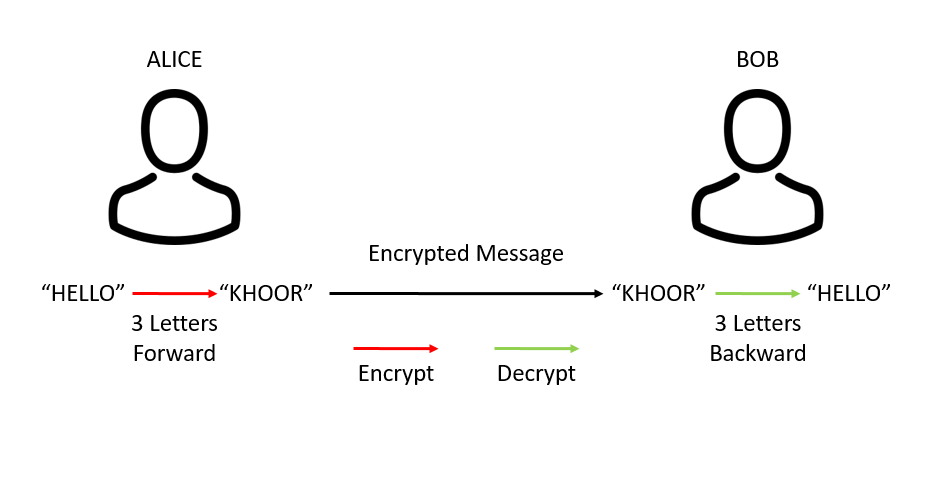Blockchain Basics: A Comprehensive Introduction to Decentralized Technology
Introduction:
Blockchain technology has revolutionized the digital landscape, offering secure, transparent, and decentralized solutions for various industries. While most people associate blockchain with cryptocurrencies like Bitcoin, its potential extends far beyond digital currencies. In this article, we will explore the fundamental concepts of blockchain technology, decentralized networks, consensus mechanisms, cryptographic principles, and smart contracts. By the end, you will have a solid understanding of how blockchain works and its potential applications in diverse domains.

Decentralized Networks:
At its core, blockchain is a decentralized network of computers or nodes that work collectively to maintain a distributed ledger. Unlike traditional centralized systems, where a central authority controls and verifies transactions, a decentralized network ensures trust, transparency, and immutability through consensus algorithms. Each node in the network holds a copy of the blockchain, making it resistant to single points of failure and tampering.

Consensus Mechanisms:
Consensus mechanisms enable nodes in a blockchain network to agree on the validity of transactions and the order in which they are added to the blockchain. Various consensus algorithms exist, such as Proof of Work (PoW), Proof of Stake (PoS), and Delegated Proof of Stake (DPoS), each with its own benefits and trade-offs. These mechanisms prevent double-spending and ensure the integrity of the blockchain.

Cryptographic Principles:
Blockchain relies on cryptographic techniques to secure transactions and ensure data integrity. Cryptography plays a crucial role in creating digital signatures, hashing, and encrypting sensitive information. Public key cryptography, specifically, is used to generate addresses, verify identities, and enable secure peer-to-peer transactions.

Smart Contracts:
Smart contracts are self-executing contracts with predefined rules encoded on the blockchain. These contracts automatically execute and enforce the terms and conditions agreed upon by the involved parties. Built using blockchain platforms like Ethereum, smart contracts enable a wide range of decentralized applications (DApps) across industries, including finance, supply chain, and healthcare.

Beyond Cryptocurrencies: Potential Applications:
While cryptocurrencies are the most widely recognized use case of blockchain, the technology has the potential to revolutionize various industries. Here are a few examples:
Supply Chain Management: Blockchain can enhance supply chain transparency, traceability, and efficiency by recording the entire journey of products from origin to destination.
Healthcare: Blockchain can securely store and share patient records, enable interoperability between healthcare providers, and streamline medical research and clinical trials.
Finance: Decentralized finance (DeFi) applications leverage blockchain to provide secure and transparent financial services, such as lending, borrowing, and decentralized exchanges.
Identity Management: Blockchain offers decentralized identity solutions, empowering individuals to have control over their digital identities, reducing identity fraud, and improving privacy.

Conclusion:
Blockchain technology has revolutionized the digital landscape, offering decentralized networks, consensus mechanisms, cryptographic principles, and smart contracts. Understanding these fundamental concepts opens doors to explore its vast potential beyond cryptocurrencies. From supply chain management to healthcare and finance, blockchain has the power to transform industries by providing transparency, security, and efficiency. Embrace the blockchain revolution and explore its endless possibilities!
pragma solidity ^0.8.0;
contract HelloWorld {
string public message;
constructor() {
message = "Hello, World!";
}
function setMessage(string memory newMessage) public {
message = newMessage;
}
}
In this sample Solidity code, we have a simple smart contract called HelloWorld. It allows the storage and modification of a message on the blockchain
